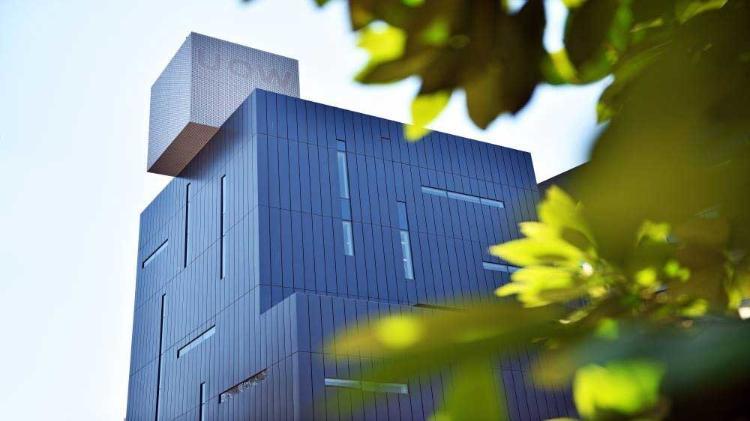Fine-tuning the spike: Role of the glycan shield in the SARS-CoV-2 S activation

Associate Professor Elisa Fadda – Maynooth University, Ireland
-
-
-
Wollongong Campus
32.G01
Viral fusion proteins evade immune recognition by coating their surface with a dense cover of N-glycans, known as glycan shield. Recent structural and glycoproteomics studies have shown that the SARS-CoV-2 spike (S) protein is not shielded as effectively as the envelope glycoproteins of “evasion strong” viruses, with its receptor binding domain (RBD) exposed to potential antibody recognition in its open/active conformation, and determined that the S shield is constituted predominantly by complex N-glycans.
Understanding the role of this unique glycosylation pattern in viral infection is tricky because of the glycans' intrinsic conformational disorder and heterogeneity hindering characterization by standard structural biology. In this talk I will present how high-performance computing (HPC) molecular simulations can help in this context and how such studies have contributed to advance our knowledge on the role of glycosylation in the SARS-CoV-2 infection mechanisms.
I will focus on how on why specific changes in the nature and topology of the glycan shield affect S activity, fine-tuning the S. I will also discuss how changes in the glycan shield topology (gains and losses) intertwined with the S evolution, resulted in an increased infectivity of the SARS-CoV-2.